Soviet Advisers in Romania
The Soviet advisers brought the communist mindset and specific ways to implement it in Central and East European countries.

Steliu Lambru, 19.08.2013, 13:57
There were a few pillars buttressing the emergence and growth of the Soviet-styled political societies in the former Soviet Union’s satellite countries in the early 1950s. These pillars were the Soviet army, the communist party, the repression apparatus and the Soviet advisers. The latter brought with them from Moscow the communist mindset and specific ways to implement it in all Central and East European countries. Romania was no exception to that plight; back then, Soviet advisers flooded all public institutions, to stage a close surveillance of the shift from a capitalist to a socialist society. The Romanian government submitted an official request to Moscow, but in fact dispatching Soviet advisers to Romania was entirely Moscow’s decision.
In the autumn of 1949, the leader of Romanian communists, Gheorghe Gheorghiu-Dej would send a letter to A. A. Gromyko, the then USSR acting Foreign Minister, requesting one or two specialists to provide assistance to the Romanian Workers Party, and specifically to analyze the status of some of the party members whose activity was deemed suspicious. In the Soviet Union Communist Party’s Political Bureau meeting of November 9, 1949, Dej’s request was officially approved. Sent to Romania on the part of the USSR State Security Ministry were A.M. Saharovski and V.S. Patrikeev. That was only the beginning. A Convention between Romania and the USSR, signed on February 5, 1950, sealed the deal for Romania’s subordination to Moscow.
First of all, Soviet advisers were sent to the army and Securitate, the political police. They were dispatched on a three-year term, and the living expenses for the Soviet officials and their families were covered by the Romanian side. The Soviet advisers cashed two sets of salaries, one in the Romanian currency and another in Soviet currency, the ruble, which was paid to the Soviet state. Also, Soviet advisers were offered free lodging, access to special shops and transport facilities.
But the Army and the Securitate were not the only strategic areas for the Soviet advisers. So were Romania’s economic sectors. Nicolae Magherescu ran the cabinet of Liberal Mihail Romniceanu’s short term in office as Minister in the communist-dominated Petru Groza government. In 1996, Magherescu told Romanian Radio Broadcasting Corporation’s Oral History Center about the presence of one such Soviet adviser in the National Bank of Romania.
Nicolae Magherescu: “I was sent to Ploiesti, in southern Romania, to a subsidiary of the National Bank, where I stayed for only two years before coming back. And when I came back to the Central Bank, at the end of 1949, there was a soviet adviser, Romashov, I can clearly remember his name. I also remember his sloppy clothes, his crumpled trousers. He came with instructions from the Moscow-based Gost Bank, and we had to follow suit, all our bank operations emulating the Soviet model. But we were lucky to have Aurel Vijoli as governor; he had been working for the National Bank since 1923. He was indeed a professional, well trained and willing to preserve the National Bank’s tradition and to educate its staff in that spirit.“
Nicolae Magherescu also spoke about how the policy of Romania’s Central Bank changed, in keeping with directions from Moscow.
Nicolae Magherescu: “We had to change our policy because we had been ordered to adjust to the new system. And what did that mean? Well, all the currency on the market had to be placed into National Bank accounts. No enterprise was allowed to keep cash above a certain amount. The loan plan for a company would be established in accordance with its deposits at the National Bank. It was the National Bank that was funding all companies, after the Ministry of Finance had supplied them with current assets of their own. The amount exceeding the current assets had to be covered from bank loans. So, the state’s centralized system started to be implemented at the National Bank and at other existing banks.”
The policy of Sovietising Romania began with the repression apparatus and the economy, although the cultural area was also important. In an interview he gave in 2000, artist Ion Salisteanu recollected the presence of soviet adviser Kovalenko.
Ion Salisteanu: “He would not have a dialogue with students and always came with a bodyguard. He was portly, chubby, a little bit conceited and had an Asian look. He was a strange man with a penchant for giving orders and scaring people. Professors always whispered when he was around, everybody felt ill at ease back then. We later learnt that his services were not very appreciated in Moscow and he was dispatched to a prison camp somewhere in Siberia, where he eventually died. He would come to us accompanied by his translator, a fat, blonde lady who spoke with a strong Russian accent. Kovalenko had a certain insolence and was always ready to shower you with good and bad examples; we all had the feeling that he didn’t belong there, his presence was suffocating.”
On January the 14th 1957, the Communist Party of the Soviet Union ruled that Romania had enough advisers to carry on towards communism by itself. The Soviet advisers were no longer needed. Although most of these were called back to Moscow in 1958, the Soviet Union military advisers remained in Bucharest until the early 1960s.






























